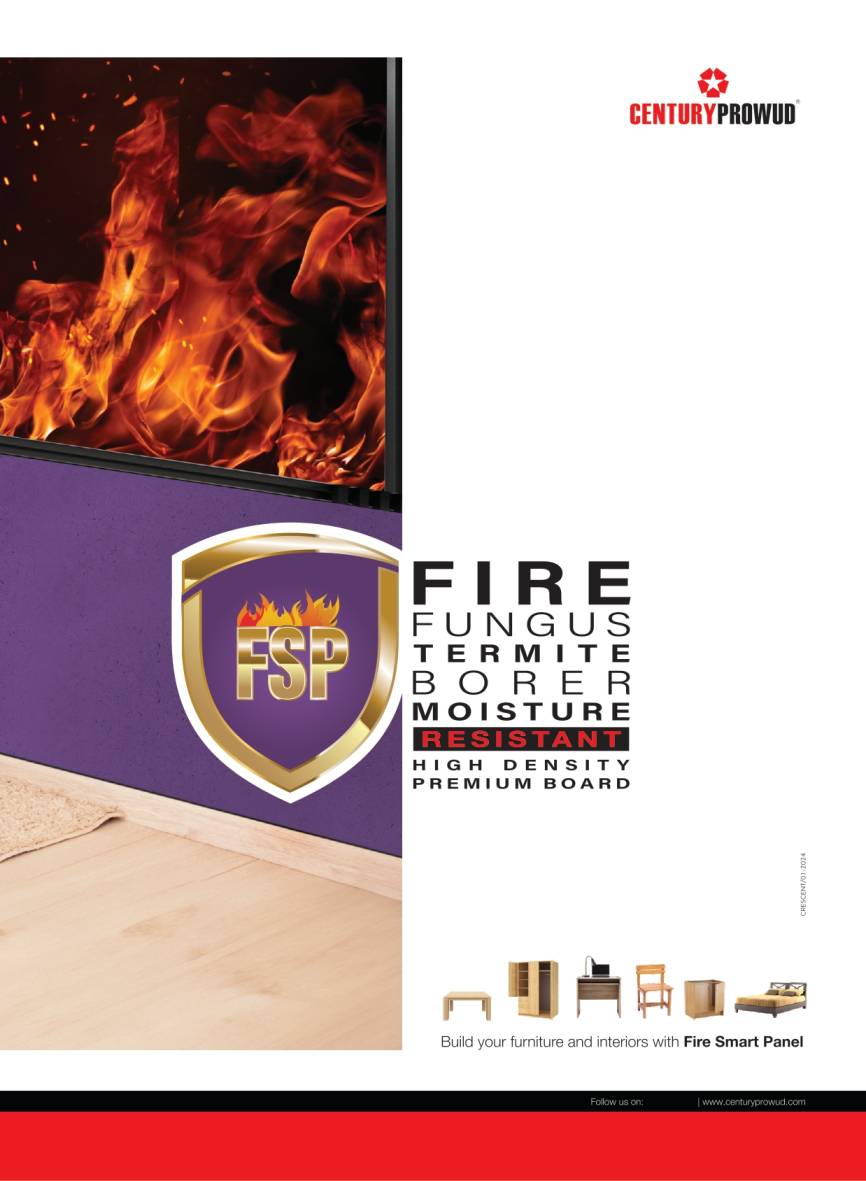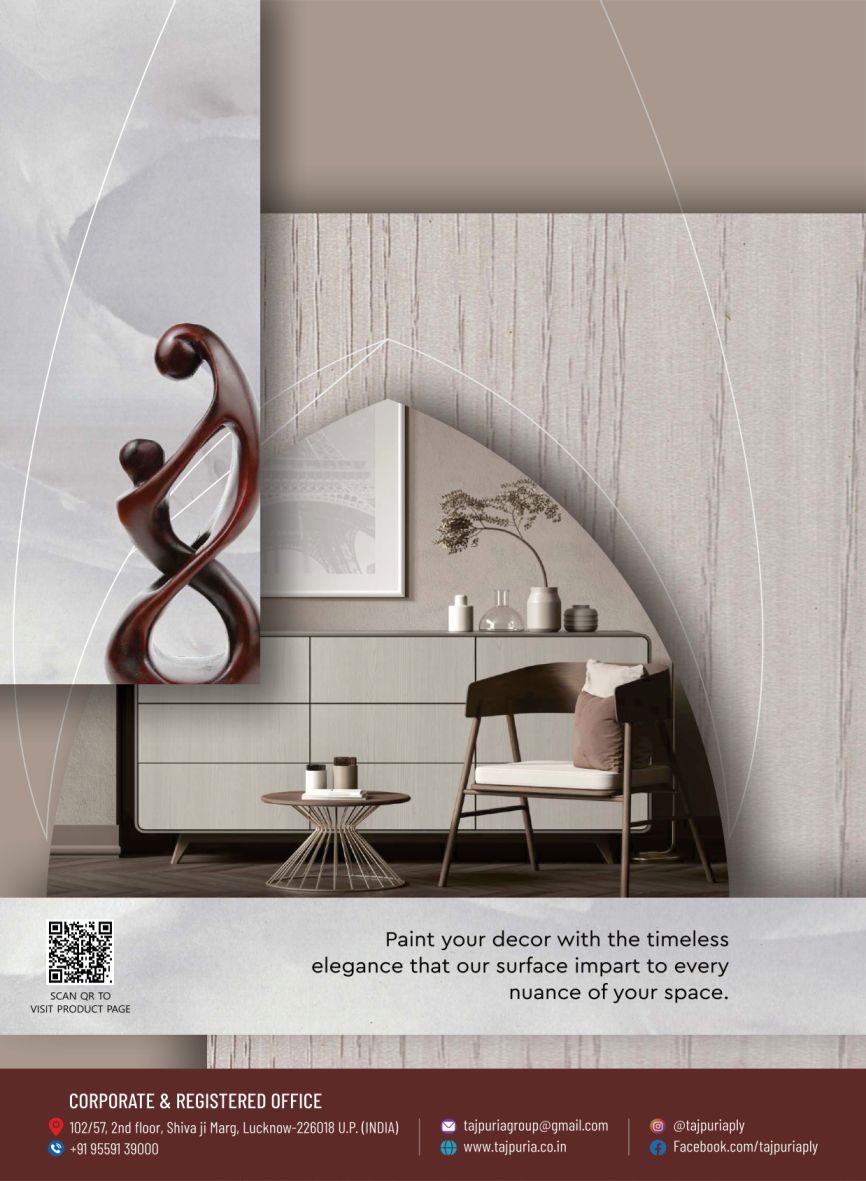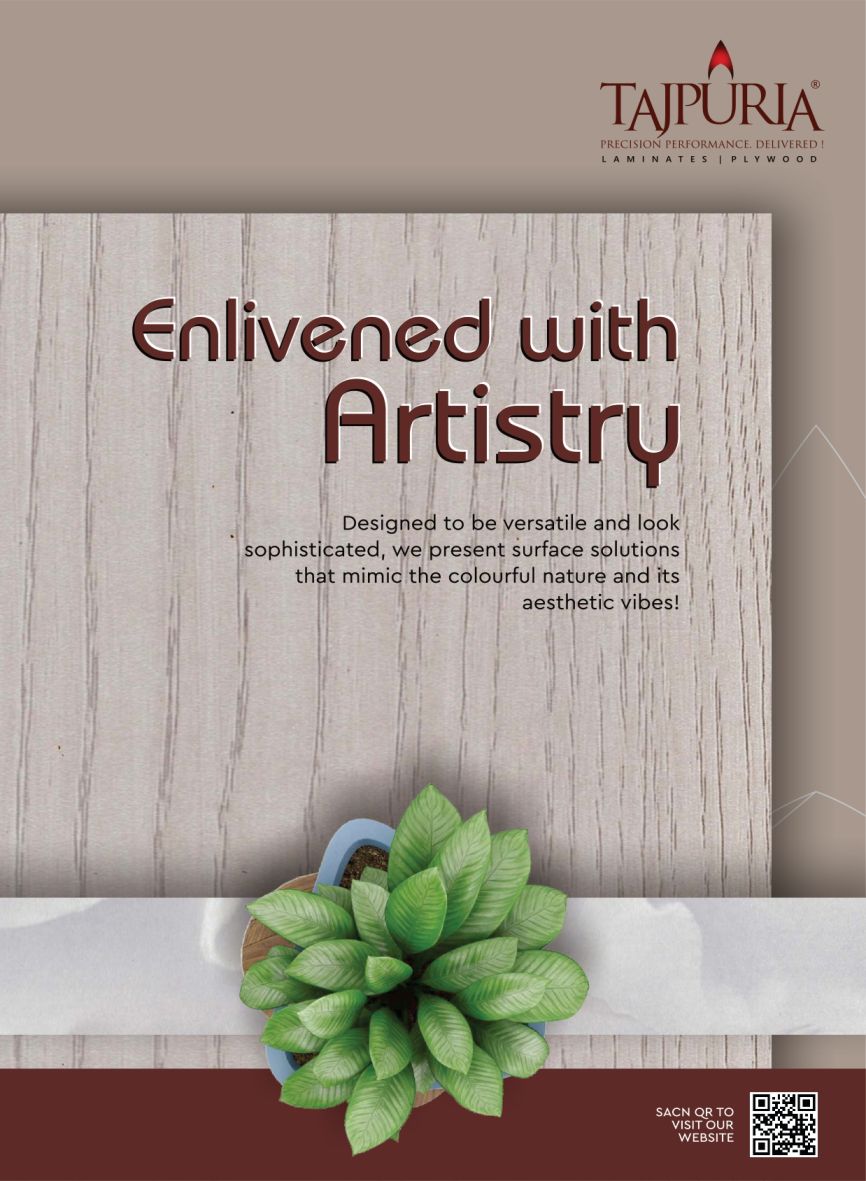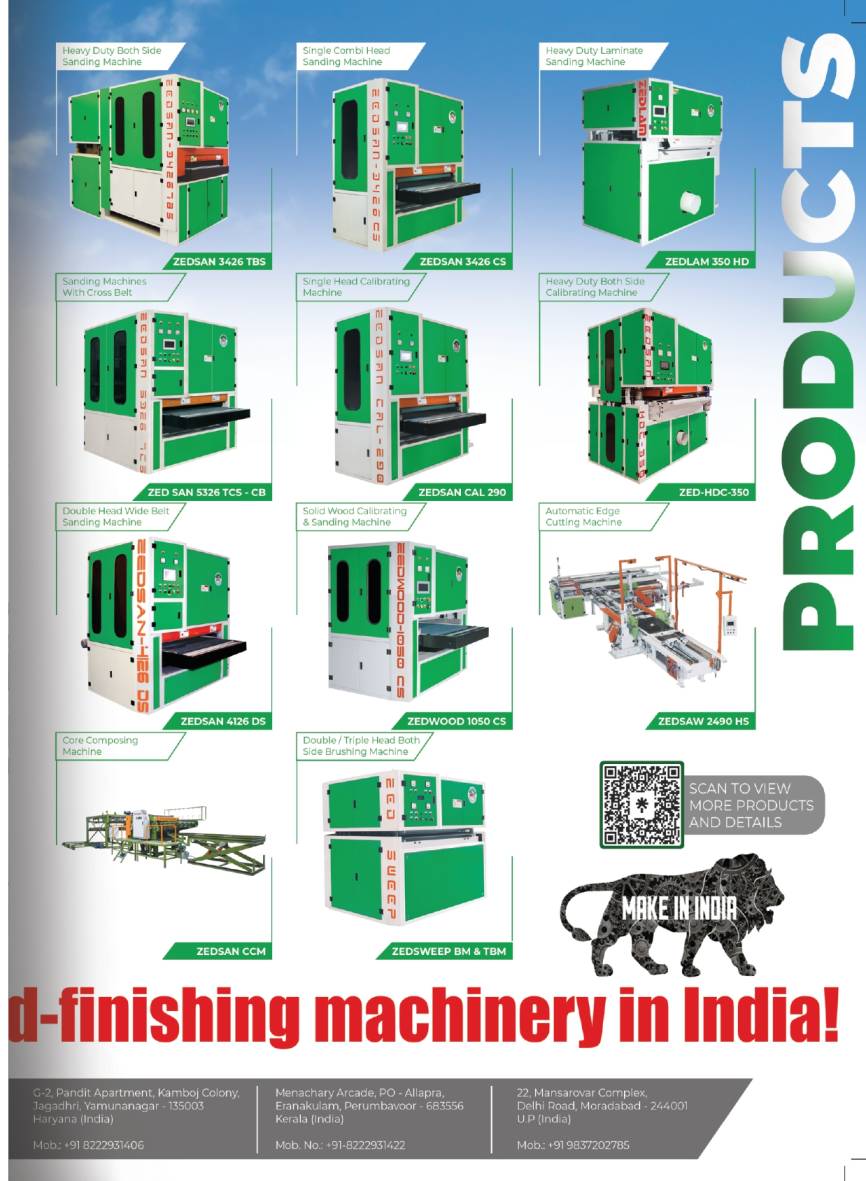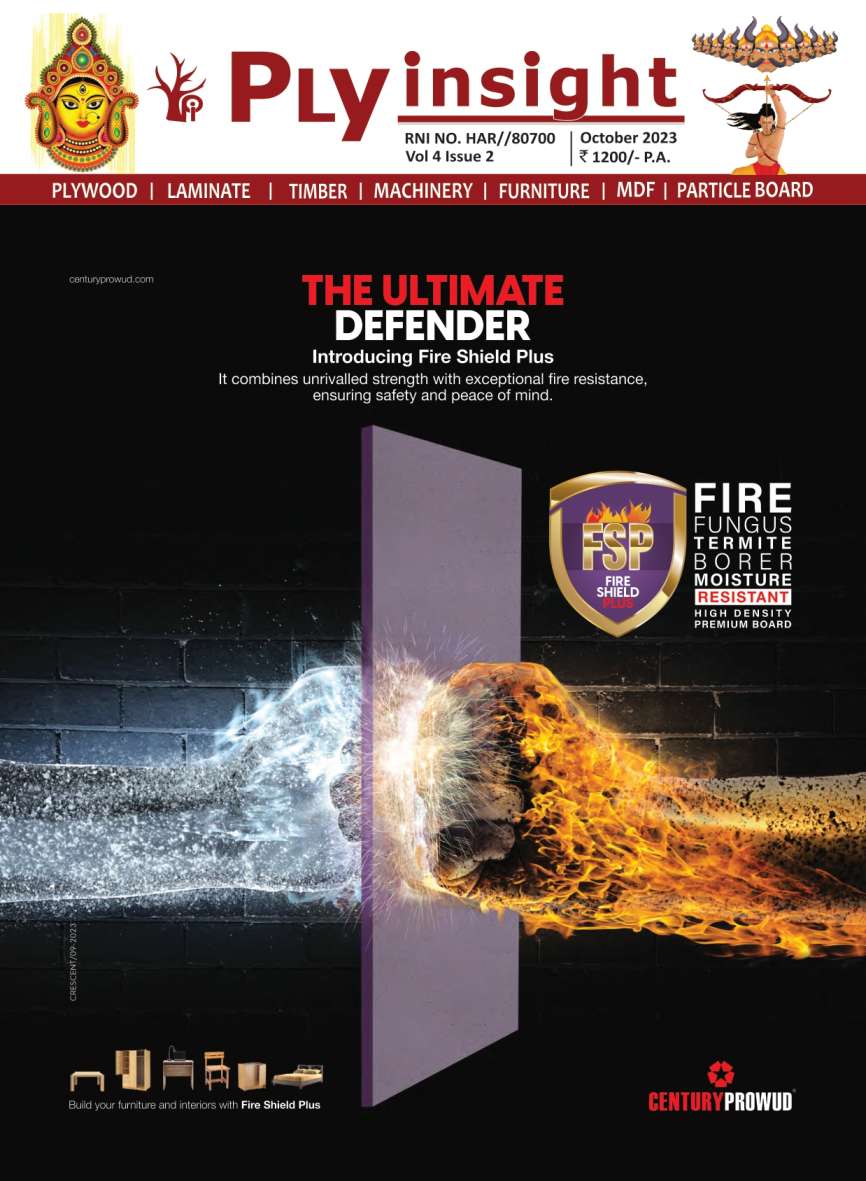MDF Board
- April 5, 2024
- 0
MDF Board: A Versatile and Durable Building Material
Medium-Density Fiberboard (MDF) is a popular building material that has gained widespread popularity due to its versatility and durability. MDF is made by breaking down hardwood or softwood residuals into wood fibers and combining them with wax and resin. The mixture is then formed into panels under high temperature and pressure. The result is a dense and smooth board that is free from knots and grains commonly found in natural wood.
One of the key advantages of MDF board is its versatility. It can be easily cut, drilled, and shaped to fit a variety of applications such as furniture making, cabinetry, shelving, and wall paneling. Its uniform density and smooth surface make it ideal for painting, veneering, and laminating. Additionally, MDF is more affordable than solid wood, making it a cost-effective option for budget-conscious projects.
Another benefit of MDF board is its durability. Unlike natural wood, MDF does not warp, crack, or splinter, making it a reliable choice for long-term use. Its consistent density also allows for strong and stable joinery, ensuring that furniture and structures built with MDF will hold up over time.
In addition to its practical advantages, MDF board is also environmentally friendly. It is made from recycled wood fibers and does not contribute to deforestation. Furthermore, MDF can be easily recycled at the end of its lifespan, reducing waste and promoting sustainability.
However, it is important to note that MDF has its limitations. It is not suitable for outdoor use as it is susceptible to moisture damage. It also releases formaldehyde gas, a potential irritant, so proper ventilation is necessary when working with MDF.
In conclusion, MDF board is a versatile and durable building material that offers a wide range of benefits for both DIY enthusiasts and professional craftsmen. With its affordability, reliability, and sustainability, MDF has become a popular choice for a variety of construction and woodworking projects.






